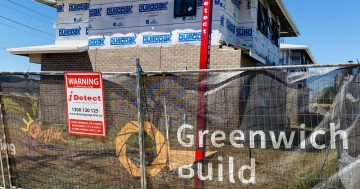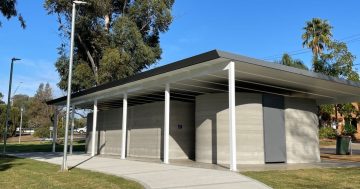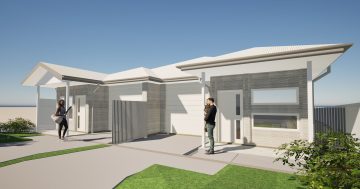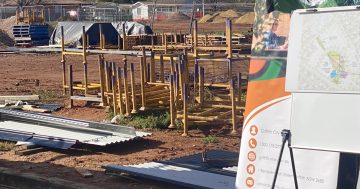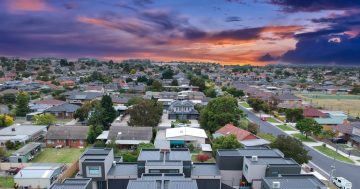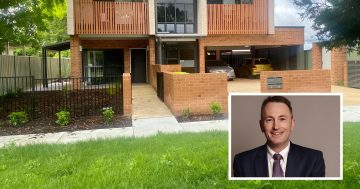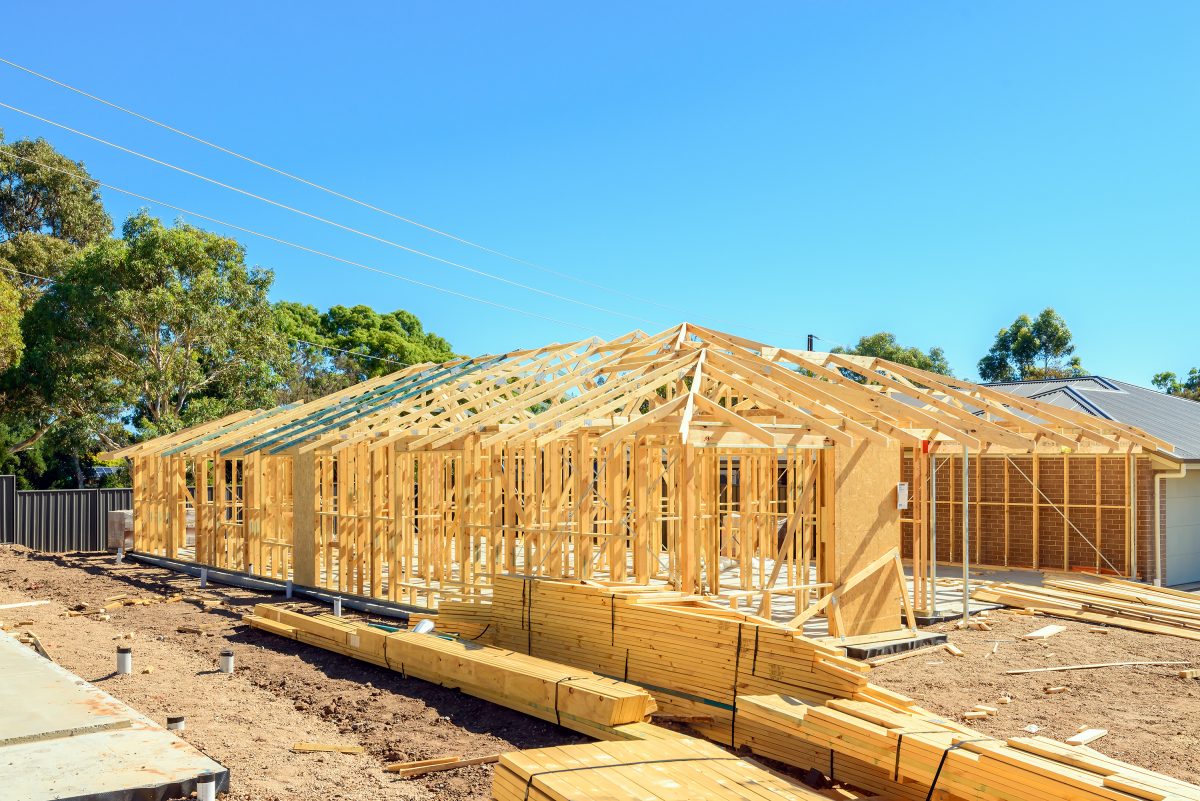
Housing supply remains an issue in regional NSW. Photo: moisseyev.
Regional councils in NSW can apply for grants of up to $250,000 to help speed up housing delivery.
The NSW Government announced Thursday that it had accepted all 15 recommendations put forward by the Regional Housing Taskforce.
Deputy Premier and Minister for Regional NSW Paul Toole said it would help to deliver improved housing supply and affordability in regional NSW.
“We’ve listened to the recommendations of the Regional Housing Taskforce and put together a comprehensive, multi-pronged plan to unlock land and drive the supply of new and affordable homes,” he said.
“It builds on the investment we’ve made through the NSW Budget to improve housing supply and ensure locals and key workers moving to the regions have a place to call home.”
Wagga’s independent MP Dr Joe McGirr said it was an important piece of the housing puzzle.
“When I speak to developers, they tell me that the planning processes are a nightmare,” he said.
“I think that if we could get a process like what we’ve done with the SAP (Wagga’s Special Activation Precinct at Bomen) where you basically chunk up all the different departments that need approval in one process and set out a document that says, ‘as long as you meet these standards for this site, you’ll be okay.”
While the report concluded that regional councils did have an adequate supply of “latent zoned residential land to meet future housing needs”, it identified barriers to the development of greenfield sites, including environmental and biodiversity issues.
Minister for Planning and Homes Anthony Roberts received a mixed response earlier this year to his decision to tear up the controversial Environmental Planning Policy put forward by his predecessor Rob Stokes.
While the building industry was broadly supportive of moves to cut red tape, there was some concern that environmental factors and planning measures aimed at disaster resilience and the delivery of affordable housing could be overlooked.
According to the report, much of the zoned land was “heavily constrained due to biodiversity and environmental factors, risk from natural hazards, the lack or expense of infrastructure servicing, or market factors”.
Dr McGirr said it shouldn’t be about lessening the requirements from an environmental perspective.
“To me, it’s a question of making sure that we don’t waste time through unnecessary bureaucracy and I think that there’s a difference there,” he said.
The 15 recommendations were listed under five key headings;
- The implementation of support measures to bring forward a supply of ‘development-ready’ land,
- Increasing the availability of affordable and diverse housing,
- Providing more certainty about where, when and what types of homes will be built,
- Investigating planning levers to facilitate the delivery of housing that meet short-term needs
- Improving the monitoring of housing and policy outcomes, and demand indicators.
Mr Roberts said regional councils would benefit from $12 million allocated through the Regional Housing Strategic Planning Fund to lay the groundwork for housing that is affordable, diverse, and resilient to natural hazards.
“The grants will help councils deliver strategic plans, housing policies and technical studies that pave the way for new homes needed to support growing communities,” Mr Roberts said.
For existing development zones, the taskforce highlighted the fact that new housing supply in regional areas continues to be dominated by large, detached dwellings, and advocated for investment in smaller and diverse housing types, including social and affordable housing.
The Government’s response also includes:
- Delivering around 270 more homes for key frontline workers in the regions;
- Expanding the Urban Development Program to more high-growth regional areas, to improve infrastructure coordination and delivery;
- Improving data by auditing residential land, identifying infrastructure gaps and environmental constraints, to establish a clearer housing supply pipeline;
- Identifying opportunities to use suitable Crown land for social and affordable housing development;
- Working with local government to improve assessment timeframes for new housing through the Faster Local Assessment Grant program;
- Investigating the introduction of standardised planning pathways for certain types of temporary accommodation, to address spikes in housing demand; and
- Preparing Regional Housing Delivery Plans in targeted economic areas.
Councils have until 30 September 2022 to submit their applications for the Regional Housing Strategic Planning Fund.
The full report can be read here.








